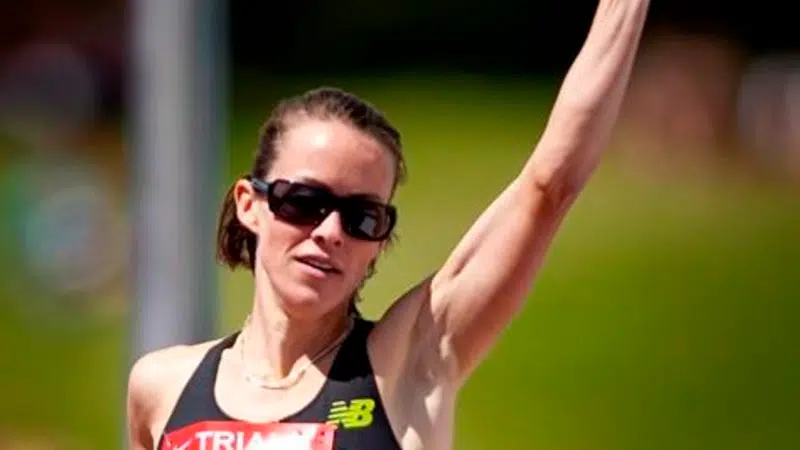
Malindi Elmore returns to competition as marathoner after lengthy break
Malindi Elmore once ran with the weight of nagging injuries and frustratingly tough Olympic standards, at a time track and field was struggling through one of its darkest doping eras.
She runs more lightly these days.
The former 1,500-metre specialist, who walked away from track and field disheartened and unfulfilled in 2012, has reinvented herself as a marathon runner. And what began as a whim has the 39-year-old from Kelowna, B.C., within striking distance of an Olympic berth next summer in Tokyo.
She’s still wrapping her head around her almost-accidental return to Canada’s elite running scene.


